Patterns in art are the rhythmic repetitions of shapes, colors, lines, or other elements within a piece of artwork.
They serve as visual structures that add depth and coherence to artistic compositions, guiding the viewer’s eye and evoking emotions or conveying messages.
Understanding patterns in art is essential as they contribute to the overall aesthetic appeal and help in creating a sense of harmony.
Let’s break it down, starting with definition, types of patterns in art and examples.
What Are Patterns In Art?
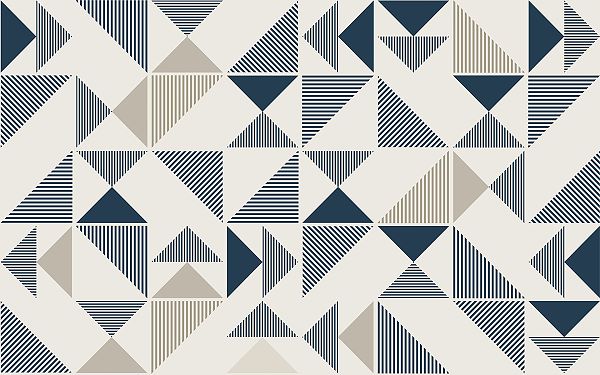
Patterns in art are like the organized and repeated designs you see.
They’re made by putting shapes, lines, and forms together in a way that they keep repeating. You can call the repeating part of a pattern a “motif“.
These patterns can come from nature, like the beautiful designs on a butterfly’s wings. But they can also be man-made, like the designs you might find on a window or in a piece of fabric.
So basically, patterns are everywhere, and they’re all about arranging things in a neat and repeating way to make art look cool and interesting!
7 Principles of Art

Rhythm is one of the principles of art, not elements of art. You can learn about each principle of art and element of art in the linked articles below:
- Balance
- Contrast and Emphasis
- Movement and Rhythm
- Unity and Variety
- Harmony
- Pattern (we are reading about Pattern now!)
- Proportions and Scale
7 Elements of Art
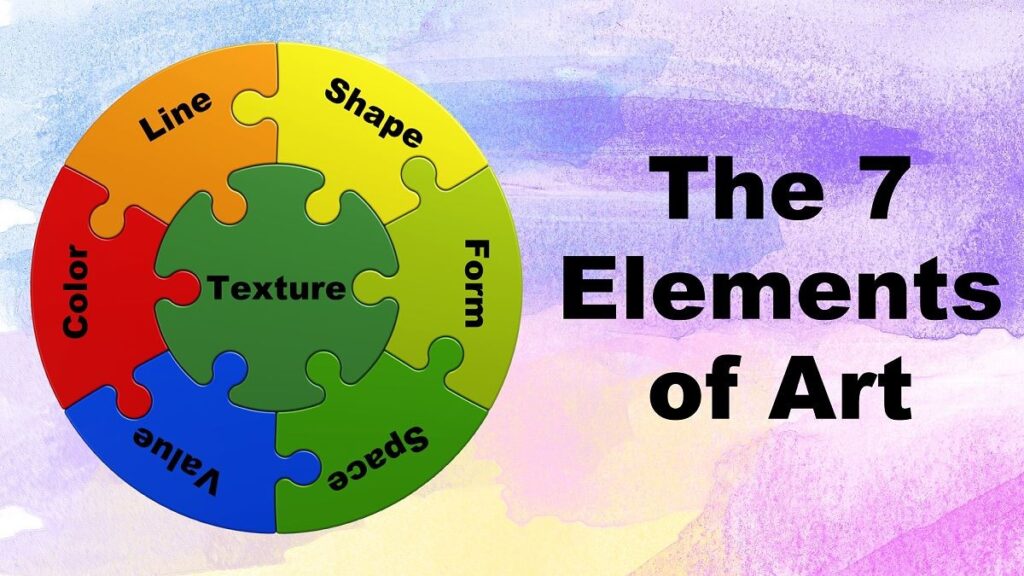
Why Are Patterns Important in Art?
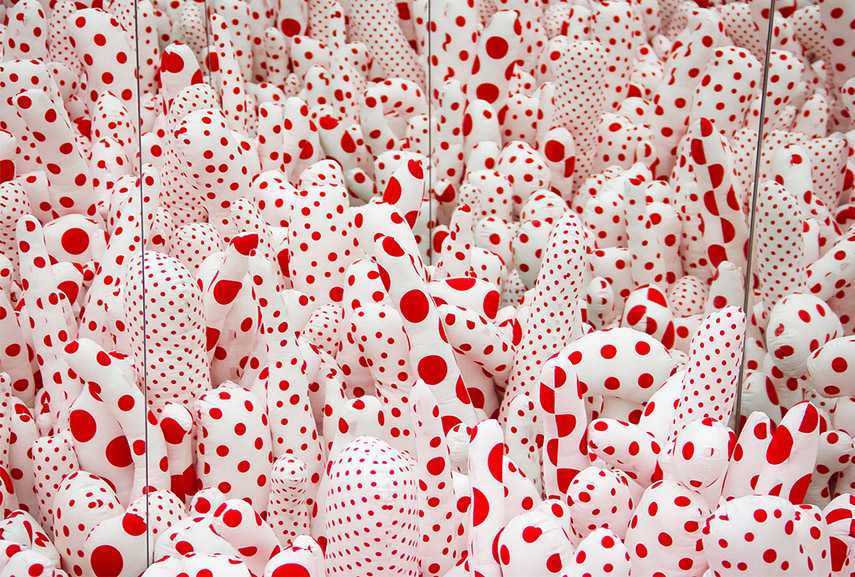
Patterns play a crucial role in art for several reasons.
Firstly, they inject rhythm and movement into a piece, guiding the viewer’s eye across the artwork. This keeps the viewer engaged and interested in exploring the piece further.
Secondly, patterns serve as attention-grabbers. When used strategically, they can draw the viewer’s gaze to specific areas of the artwork, highlighting important elements or creating focal points.
Artists also utilize patterns because they offer an enjoyable way to experiment with different artistic elements like lines, colors, and shapes. They add visual interest and aesthetic appeal to the artwork, often serving a decorative purpose.
Types of Patterns in Art
The four prominent types of patterns in art are natural/organic, man-made, geometric, and irregular. The world of patterns is never-ending, and artists are constantly exploring innovative ways to produce patterns.
For now, let’s examine the four main ones within this article.
Natural Patterns in Art
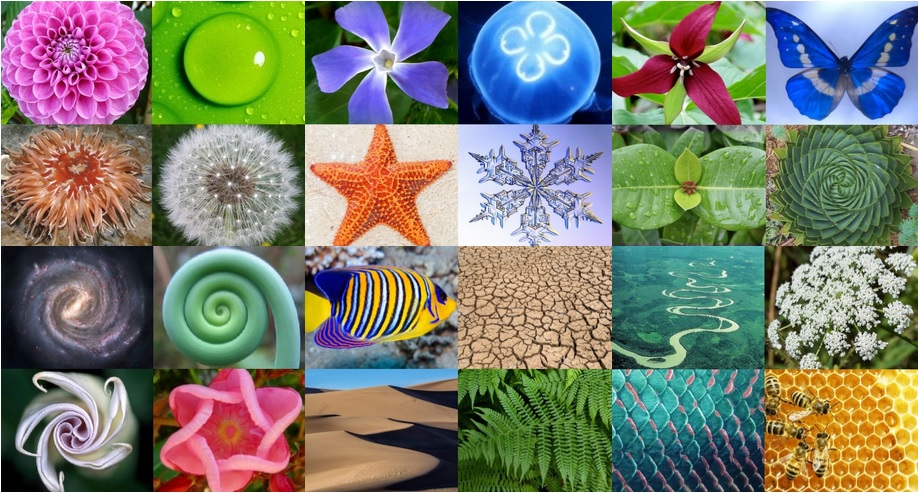
Natural patterns in art draw inspiration from the organic forms found in nature.
These patterns mimic the shapes and structures seen in flowers, trees, and shells, among others.
Artists, like William Morris, often use natural motifs to create intricate designs, such as his famous “Strawberry Thief” pattern.
These patterns exhibit a sense of harmony and balance, despite their complexity.
By carefully arranging elements like leaves, flowers, and birds, artists create visually captivating compositions that allow viewers’ eyes to rest, thanks to well-placed negative space.
This approach showcases the beauty and intricacy of nature in art, capturing its essence and bringing it to life on canvas or in textiles.
Man-Made Patterns in Art

Man-made patterns in art are designs crafted by humans, made for either functional or aesthetic reasons. They’re seen in various art forms like paintings, sculptures, buildings, and textiles.
These patterns serve to enhance the visual appeal of art and often carry deeper cultural or symbolic messages.
They come in two main types: organic and geometric.
For instance, in architecture, you might notice repeating windows or arches creating captivating patterns in a building’s design.
Geometric Patterns in Art

Geometric patterns in art are like a dance of shapes, colors, and lines.
They repeat themselves in various ways, either regularly or with a touch of randomness. These patterns rely on mathematical principles and often feature bold colors and clean lines.
Imagine shapes like squares, circles, stars, triangles, and many more, all mingling together to create captivating designs. These designs aren’t just pretty; they serve different purposes.
For instance, they’re behind the mesmerizing beauty of Islamic structures, and they can be as simple as the checkerboard on a chessboard.
In the 19th century, an artist named Emile Prisses d’Avennes crafted an Arabic art pattern showcasing intricate geometric shapes.
If you look closely, you’ll notice a mesmerizing arrangement of red and green circles at the center, drawing your eye to its captivating beauty.
Irregular Patterns

Irregular patterns in art are like pleasant surprises that break away from the usual order.
Instead of neat, predictable arrangements, they offer a sense of spontaneity and catch the viewer’s eye with their unexpected twists.
One famous artist who mastered irregular patterns was Piet Mondrian. He was known for his abstract paintings that played with asymmetrical balance and unconventional shapes and colors.
In his iconic work, like “Composition with red, black, blue, and yellow,” Mondrian used irregular shapes in a balanced yet unexpected arrangement.
Another masterpiece, “Broadway Boogie Woogie,” showcases how he combined squares and rectangles in a way that feels both ordered and chaotic.
So, irregular patterns in art are like delightful surprises that add a touch of excitement and uniqueness to the visual experience.
Whether it’s through abstract shapes, hand-drawn elements, or nature-inspired motifs, these irregularities keep art fresh and captivating.
How Are Patterns Formed in Art?
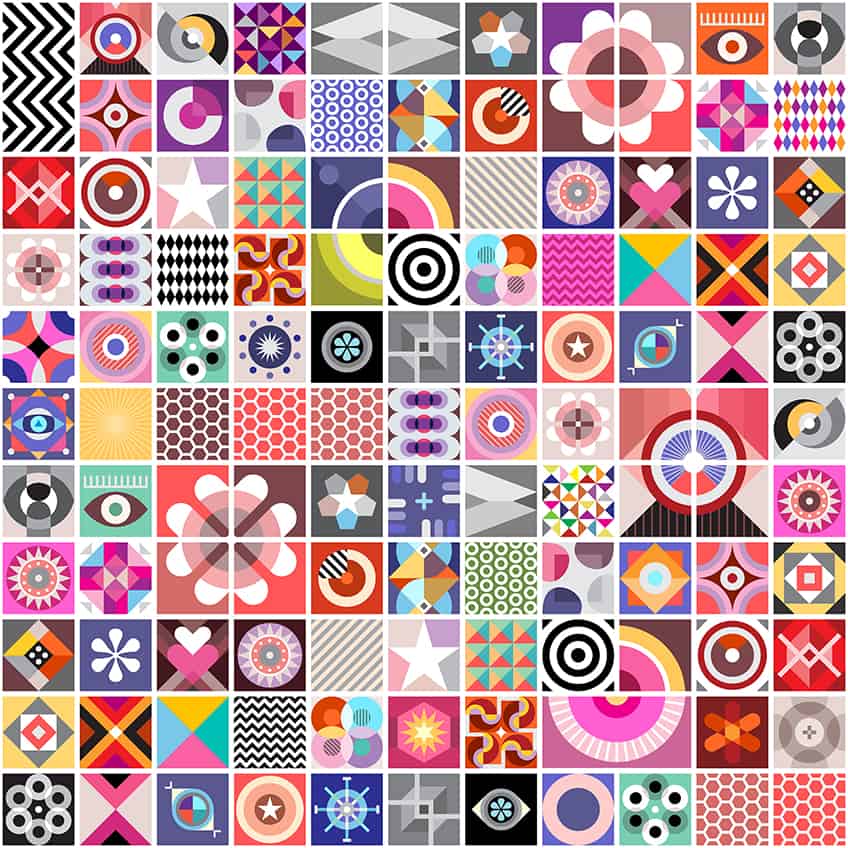
Patterns in art are like the rhythms in music or the beats in a drum – they give artwork a sense of order and repetition that’s pleasing to the eye. Artists use various tools to create these patterns.
Whether it’s through colors, lines, or shapes, artists weave patterns into their work, inviting us to get lost in their rhythm and repetition.
It’s these patterns that add depth and beauty to art, making each piece a delight to behold.
Patterns in Color

Patterns in art can be formed through the clever arrangement of colors.
By selecting different hues and organizing them in various ways, artists can create captivating patterns that range from simple monochromatic schemes to intricate multicolor designs.
Color isn’t just about aesthetics; it holds the power to convey ideas and evoke emotions. Artists choose their color palettes carefully, considering how each color might affect the viewer.
For example, warm colors like reds and yellows might evoke feelings of energy or passion, while cool colors like blues and greens might create a sense of calmness or tranquility.
In essence, patterns in art can emerge from the deliberate arrangement of color, whether it’s through the use of harmonious hues or contrasting tones.
Through color, artists can convey meaning, provoke emotion, and captivate audiences, demonstrating the powerful role that color plays in forming patterns within art.
Patterns in Line
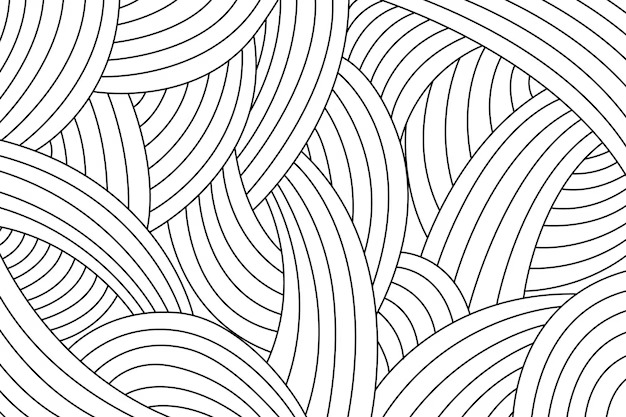
Patterns in art are like the rhythms and beats in music, but instead of sounds, they’re made up of shapes, lines, colors, and textures.
Let’s talk about how artists create patterns using lines.
Think of lines as the building blocks of patterns. When artists repeat lines in a particular way, they form what we call line patterns.
These patterns can be as simple as straight lines running up and down or side to side, or they can be more complex, like zigzags, curves, or diagonal lines.
So, patterns in art, especially with lines, aren’t just about making things look pretty. They can trick our eyes, create movement, and even tell stories without using any recognizable shapes.
Artists have endless ways to play with lines to make all sorts of patterns, making the world of art full of surprises and wonders.
Patterns in Shape and Form

Patterns in art, particularly in shape and form, emerge through the repetition and variation of visual elements like circles, triangles, squares, and more.
Think of shapes as two-dimensional and forms as their three-dimensional counterparts, like spheres or cubes. These elements can also represent recognizable objects, like the iconic Campbell’s Soup Cans in Andy Warhol’s artwork.
Warhol’s Campbell’s Soup Cans paintings are a classic example of how patterns are formed. Each can is essentially the same shape, an oval, repeated over and over.
At first glance, they might seem identical, but upon closer inspection, you notice slight variations – the labels indicating different soup flavors.
Conclusion
In essence, patterns in art are the rhythmic repetitions of shapes, colors, lines, and forms that infuse artworks with depth and coherence.
From the organic symmetries of nature to the precise geometries of man-made designs, patterns serve as both visual structures and expressive mediums, guiding the viewer’s gaze and evoking emotions.
Whether exploring the intricate arabesques of Islamic art or the bold abstractions of modern masters, patterns captivate our senses and invite us to unravel the layers of artistic creativity.
They are the threads that weave together the tapestry of human experience, offering glimpses into the beauty and complexity of our shared world.
Through patterns, artists convey messages, provoke contemplation, and celebrate the boundless possibilities of imagination, leaving us mesmerized by the symphony of rhythm and repetition that defines the art of our time.


Leave a Reply